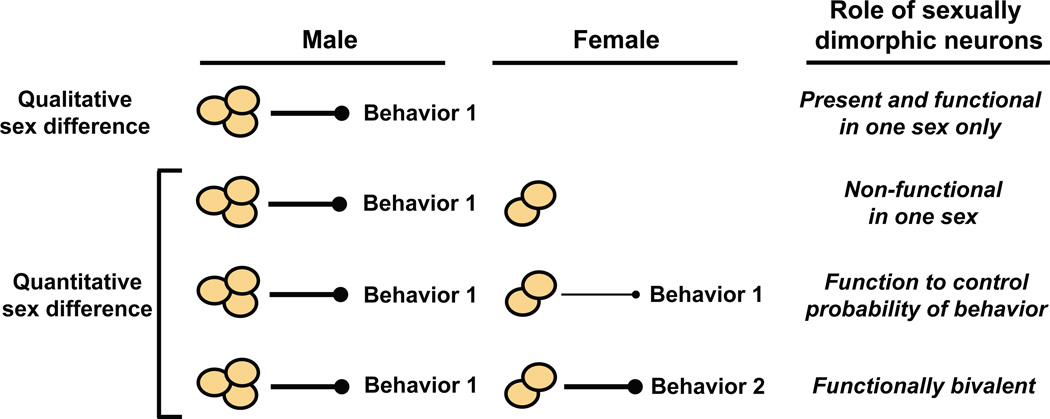Figure 8. Function of sexually dimorphic neuronal populations.
Neurons present only in one sex (qualitative sex difference) may either activate or inhibit a sexually dimorphic behavior in that sex. More commonly in mice and other vertebrates, a neuronal population is present in both sexes but presents sex differences (quantitative sex difference) in gene expression, cell number, or other cytological feature. In such cases, the neurons may be non-functional in one sex, regulate the probability of displaying a sexually dimorphic behavior, or control the display of different sexually dimorphic behaviors in the two sexes (functionally bivalent).

